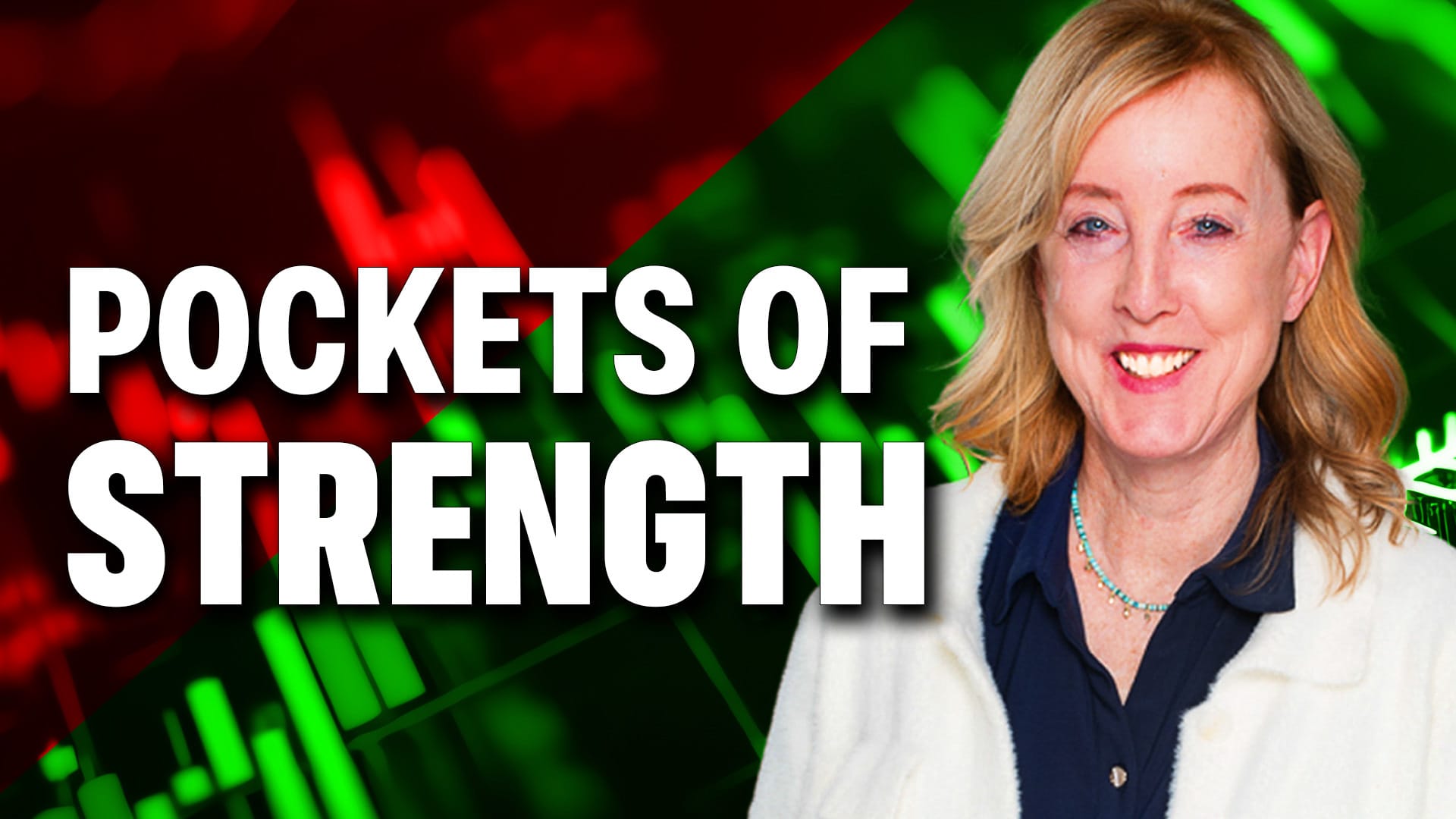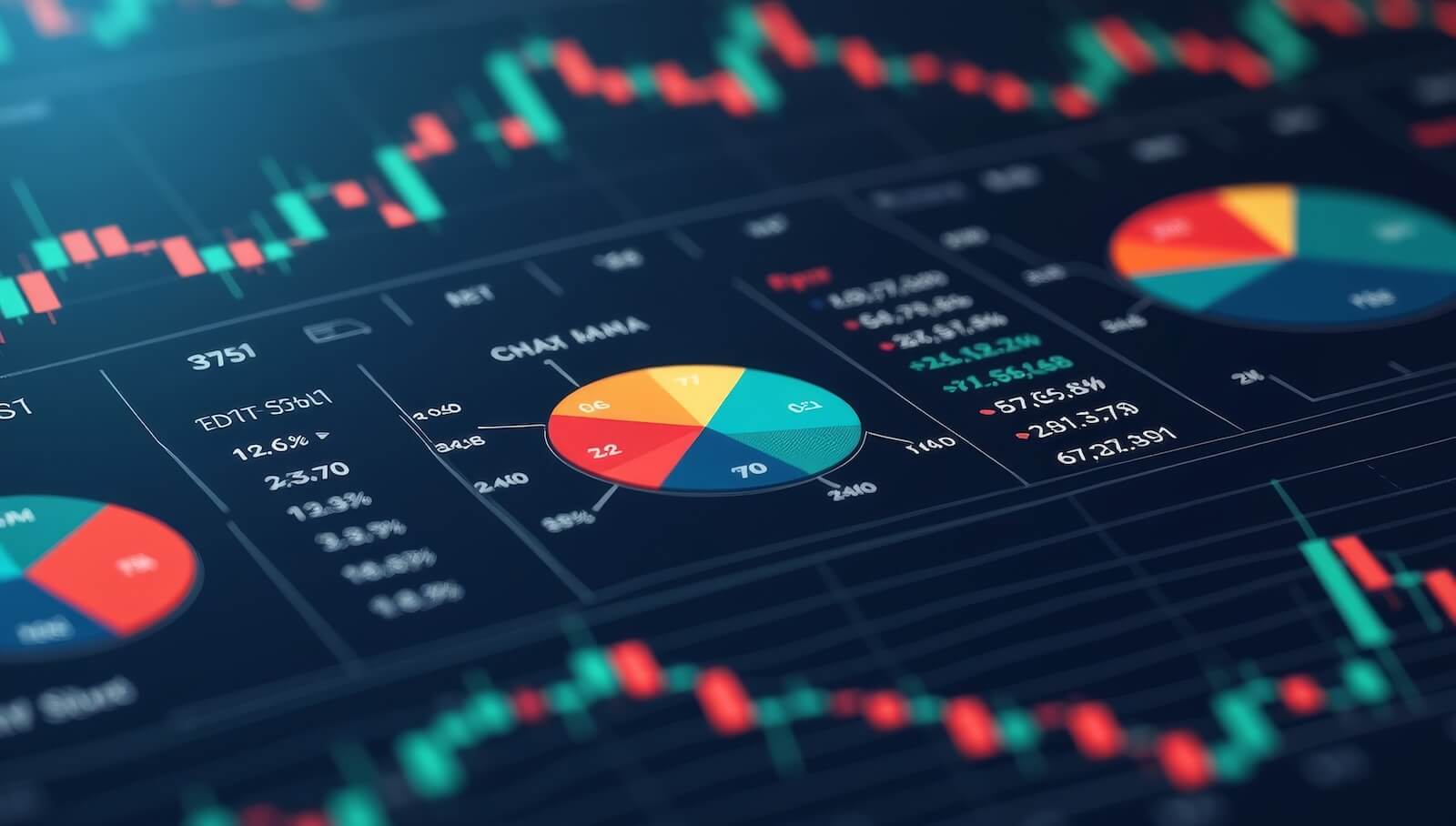BIOTECH DIVE PULLS NASDAQ AND HEALTHCARE SECTOR LOWER -- BIG PHARMA ALSO WEAKENS -- RUSSELL 2000 SMALL CAP INDEX MAY BE THE FIRST TO TEST ITS AUGUST LOW -- THAT WILL BE AN IMPORTANT TEST FOR IT AND THE REST OF THE MARKET
BIOTECHS CONTINUE TO TUMBLE... Biotechs have gone from market helpers to market hurters. The daily bars in Chart 1 show Biotech iShares (IBB) falling to the lowest level since August, and the lowest closing price in more than six months (in very heavy trading). The IBB lost 13% on the week, and is down 22% from its July high. That's bear market territory. That's bad for the Nasdaq market where biotech stocks reside. The IBB/Nasdaq relative strength ratio (top of chart) shows the group leading the Nasdaq higher until mid-July. The biotech/Nasdaq ratio has since fallen to the lowest level since February. That's also causing the Nasdaq to show relative weakness itself (more on that later). It's also causing problems for the healtchare sector which was the past week's worst performer. Pharmaceutical stocks also lost ground.

(click to view a live version of this chart)
Chart 1
HEALTHCHARE UNPERFORMS ALONG WITH DRUGS... Healthcare had been one of the market's strongest sectors over the last four years. That period of market leadership may be ending. Chart 2 shows the Health Care SPDR (XLV) tumbling more than 5% this week to the lowest closing price this year. Its relative strength ratio (top of chart) has also turned down. The recent bounce in the XLV met resistance at its 200-day average (red line). That's a bad sign. The volume bars (beneath the chart) also show heavy selling. That's not good either. Although biotechs were the sector's biggest losers (-13%), pharmaceuticals lost -5% on the week as well. Chart 3 shows the Pharmaceutical index ($DRG) in the process of testing its August low. It too is trading well below its 200-day average. It's relative strength line (top of chart) is falling as well. The more defensive drug stocks are holding up better than the riskier biotech stocks on a relative strength basis, which is to be expected. But drug weakness suggests that healthchare has bigger problems besides biotechs. Recent controversy about the high price of drugs may be contributing to selling in both healthcare groups.

(click to view a live version of this chart)
Chart 2

(click to view a live version of this chart)
Chart 3
NASDAQ LOSES LEADERSHIP ROLE... The Nasdaq lost -2.9% this past week versus a smaller loss of -1.3% for the S&P 500 and -0.43% for the Dow. The Nasdaq/SPX relative strength ratio on top of Chart 4 shows Nasdaq underpeformance over the last week. Most of that is coming from the biotech group. [The five biggest percentage losers in the Nasdaq 100 this week were biotech stocks]. So far, technology (the biggest part of the Nasdaq), is holding up better (-0.62% for the week). Friday's early Nasdaq gains evaporated by the close of trading. The last price bar on Chart 4 shows the Nasdaq Composite closing 1% lower after a 1% gain earlier in the day. That was mostly biotech selling. Until proven otherwise, the trend of the Nasdaq is still down. The next two support levels to watch are the September 1 intra-day low at 4614, and at 4506 which was the August 25 closing price. Below that is the August 24 intra-day low which is the most important support level of all.

(click to view a live version of this chart)
Chart 4
RUSSELL 2000 NEARS AUGUST LOW... The daily bars in Chart 5 show the Russell 2000 Small Cap Index ($RUT) bearing down on its August intra-day low at 1102. The RUT has lost -13% from its June peak versus a smaller S&P 500 loss of nearly -10%. That's not unusual during a period of market weakness. The RUT lost -14% between last July and October versus a smaller loss of 9.5% for the S&P 500. [During 2011, the RUT lost -30% versus a -20% loss for the S&P 500]. The solid line on top of Chart 5 also shows small cap relative weakness since midyear. A key test for the Russell 2000 will be its August intra-day low at 1102. Whether or not that low holds will tell us something about the trend of the overall market. The RUT, however, still remains well above last October's low which is a much more important support level. The weekly bars in Chart 6 show the Russell 2000 having broken a rising support line drawn under its 2012/2014 lows. That raises the possibility of a further drop to its October low at 1040. That would be a -19% loss and just shy of bear market territory. The Fibonacci retracement lines also show the October low to be a 38% retracement of the 2011-2015 upleg. That also makes that a very important support level for it and the rest of the market.

(click to view a live version of this chart)
Chart 5

(click to view a live version of this chart)
Chart 6
HERE COMES OCTOBER ... This coming Thursday will mark the start of October. As you well know, some of the worst market drops have taken place during that month. That bad history is balanced, however, by the tendency of October to mark the bottoms of downside corrections and bear markets. In other words, it's a crucial month. It appears likely that the start of October will witness the test of important support levels around the summer low. What happens from there will tell us whether this will be a good or bad October. You're all aware of the "sell in May and go away " maxim which worked well this year (the S&P 500 peaked that month). According to Wikipedia, that maxim is only the first half of the so called "Halloween Indicator". The second half of that indicator means to come back around Halloween. The indicator is based on the well-known tendency for stocks to do better between November and April (Stock Traders Almanac). We'll have to wait to see if the second half of that indicator works as well as the first half did. That's what charts and technical indicators are for, and what we'll be using to determine which October shows up this year.











